How will our world come to its inevitable end? Will it be from an asteroid similar to the one that killed the dinosaurs? Could a manmade plague wipe out all of humanity? Or will our end come from gigantic rampaging mutant locusts? In 1957 Republic Pictures and producer/director Bert I. Gordon would bring to fruition the depiction of this third alternative and would also pit Peter Graves against these giant grasshoppers.
During the 1950s “boom years” of science fiction films, where space adventures or rampaging monsters were all the rage, it was American Broadcasting-Paramount Theatres (AB-PT), a merger of studios with the simple goal of producing low-budget features, and they tapped up-and-coming filmmaker Bert I. Gordon to make a film that would capitalize on the success of the Warner Brothers giant ant film Them! As for Gordon, he had only one feature film under his belt, King Dinosaur, a movie that can most generously be called “silly fun” but as he had shot that movie in seven days with borrowed equipment and a cast willing to work for deferred salaries, it was clear to the studio that Bert I. Gordon was the perfect man to helm a discount big bug feature film.
“Your mission, should you choose to accept it.”
The Beginning of the End wastes no time in getting to the meat of things, even before the opening credits roll we find a young couple making out in a parked car that is quickly attacked by “something” and when their wrecked car is discovered by the police this leads to the revelation that the nearby town of Ludlow has been completely destroyed and all 150 residents are missing and presumed dead. Audrey Aimes (Peggie Castle), a photojournalist for a national wire service, stumbles upon this amazing story and despite the government's clampdown on the “event” she continues to investigate, with her first theory having to do with a nuclear accident, but as the only nuclear facility in the area is a United States Agricultural experimental farm this seems highly unlikely. And while the connection between a destroyed town and a lab experimenting with radiation seems far-fetched, Audrey does enlist the aid of the projects head, Dr. Ed Wainwright (Peter Graves), in checking out a warehouse, which had been destroyed much in the same way that Ludlow was, only three months earlier. A visit to the demolished warehouse finally reveals what actually caused the town of Ludlow to be wiped out, it was giant locusts.
“Jiminy Crickets, that thing is huge!”
And just how did these bugs get to be so large? Turns out that Wainwright’s project dealt with the use of radiation as a means of growing gigantic fruits and vegetables in the hope of ending world hunger, a noble pursuit but in these kinds of movies it’s never going to end well, and in this case, the local population of locusts managed to eat some of the radioactive plants and then moved over to where the wheat was stored and while there they grew to the size of a city bus, of course, the real threat isn’t so much the giant locusts but the idiots in the military. Colonel Tom Sturgeon (Thomas Browne Henry), the head of the local National Guard, first dismisses the ridiculous idea of their being giant locusts, stating that Audrey and Wainwright were probably seeing things due to stress, and later when he sees these giant creatures for himself he ignores Wainwright’s advice that the Army should be called in, believing his men should have no problem with a bunch of big bugs, decrying “Where do I get off asking the Regular Army for help with a bunch of oversize grasshoppers? Why they’d Section Eight me right out of the service.”
“Can someone head back to base and bring us a giant can of Raid?”
With Wainwright's concerns about what the locusts could, pondering “We may be witnessing the beginning of an era that may mean the complete annihilation of man. The beginning of the end” he and Audrey then head to Washington to hopefully enlist the aid of the army, but the Army Brass are just as cynically when considering the threat of giant locusts and confirm their faith in the Illinois National Guard taking care of this pest problem. Funnily enough, just as the meeting is breaking up reports come in that the giant locuss have broken through and are marching toward a nearby town. Now, it’s not unusual for films to depict the government and military as less than intelligent as this allows the hero to step in and save the day, and in this case, when the government decides to nuke Chicago it’s Peter Graves who comes up with the plan to lure the locusts into the ocean. What is ridiculous is that it’s not until an atomic bomb is going to be dropped before the word “evacuate” is mentioned, so one can only imagine the number of people in Chicago and the neighbour towns who were devoured by the giant bugs because the government failed to give them a heads up, we actually see people picnicking in the park as the giant locusts' attack and one woman calmly brushing her hair after taking a relaxing shower.
Who knew locusts were such peeping Toms?
Stray Observations:
• Some elements of this movie’s plot bear a striking resemblance to that of the 1904 H. G. Wells novel “The Food of the Gods and How It Came to Earth,” a source material that Bert I. Gordon would return to two more times, with Village of the Giants (1968) and Food of the Gods (1976).
• We see both the cop who first discovered the destroyed town of Ludlow, and later Audrey Aimes, looking off camera at the destroyed town because showing the audience the actual destruction would cost money. Now, later we do see a bit of that destruction but it’s just actress Peggy Castle being driven in front of stock footage of the aftermath of a tornado.
• The mystery behind the town’s destruction goes on for almost half of the film’s 73-minute running time, which is surprising considering the fact that you’d think people would notice something like a swarm of gigantic mutant locusts rampaging across the countryside. Are these gigantic mutant locusts of some sort of stealth variant?
• Unable to afford stop-animated locusts or even decent model buildings for the real things to climb, Bert I. Gordon was reduced to having them crawl up photographs. To say that this wasn’t all that effective is a bit of an understatement.
“King Kong ain’t got nothing on us!”
The only real saving grace this film has is in its cast, with Peter Graves perfect in the role of "science exposition machine" while Peggie Castle provides us with a strong and compelling female lead who never falls into the “Damsel in Distress” category, but as this film is about giant locusts one must look at how effective the filmmakers were in that area and it's here that they failed miserably. Not only are the special effects not effective, created by Bert I. Gordon and his wife Flora, but these rampaging monsters are often ghostly transparent due to bad optical compositing, and the film also doesn’t manage to make the idea of rampaging locusts seem like much of a real threat, this is mostly due to the destruction and death toll caused by the mutant locusts having to take place off camera as it would be too expensive to show the audience and this is an unforgivable offence to any fan of the giant monster genre. Overall, if seeing Peter Graves blasting away at badly composited grasshoppers with a Tommy gun is enough entertainment value for you, then this film may be considered passable, if not, then gives this monster movie a hard pass.
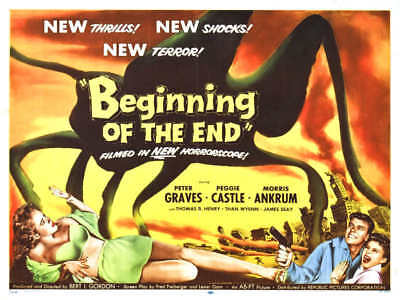
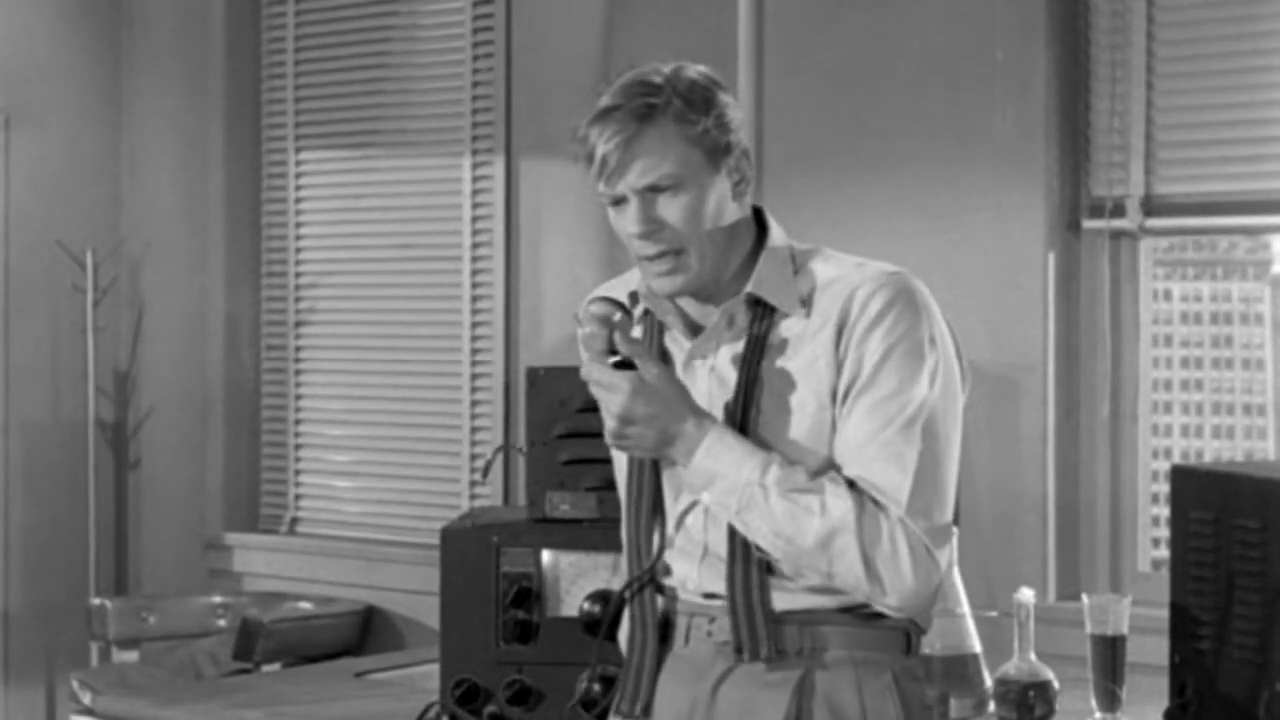
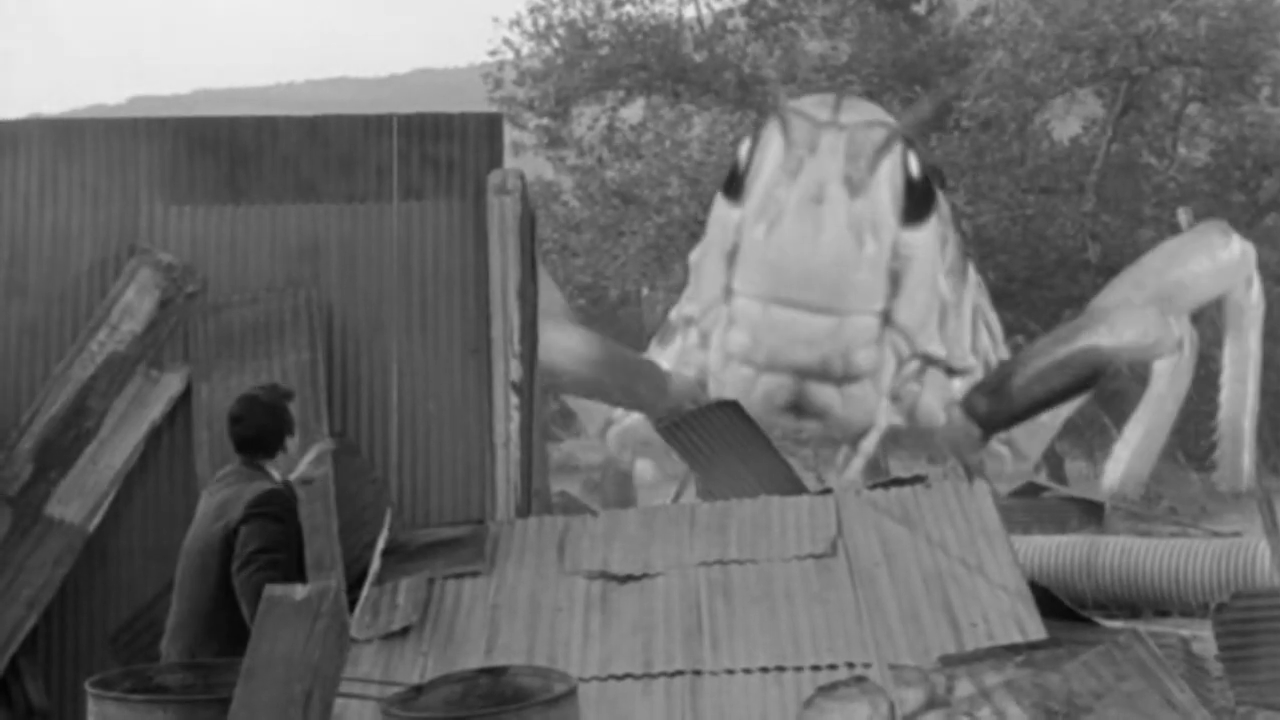
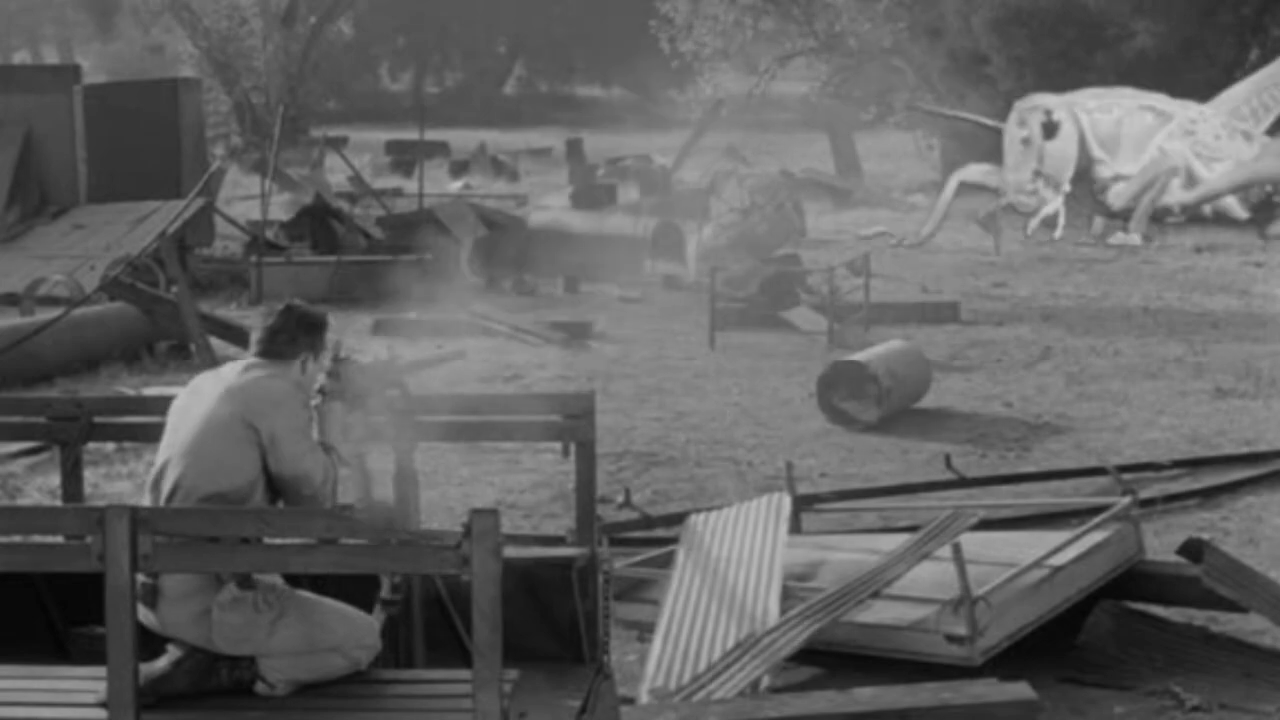
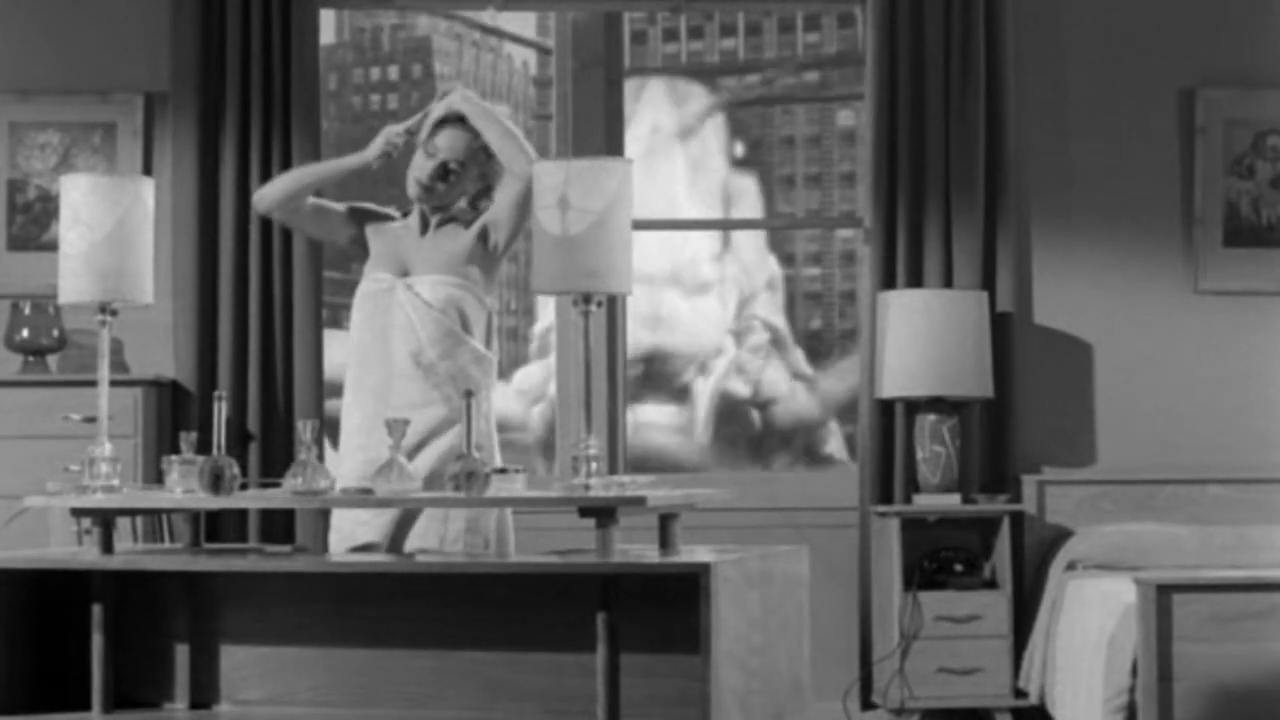
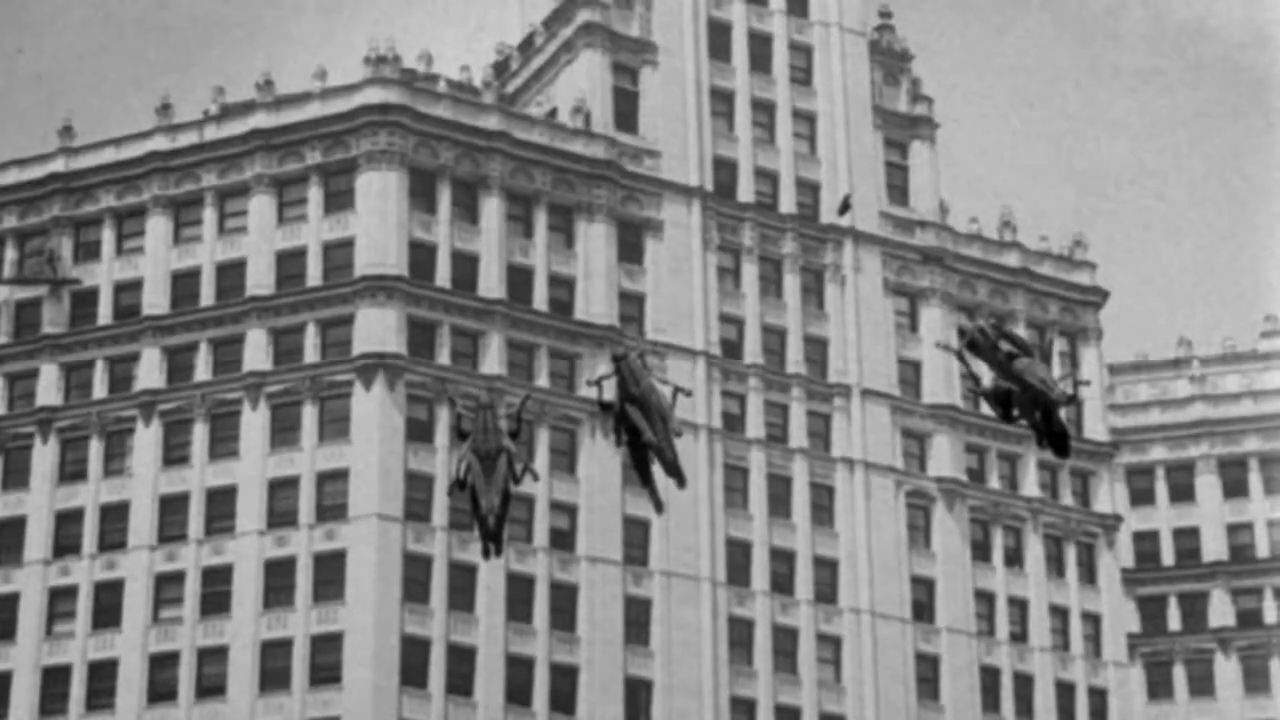

No comments:
Post a Comment